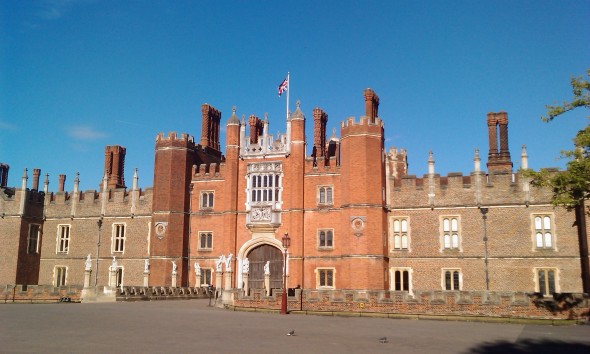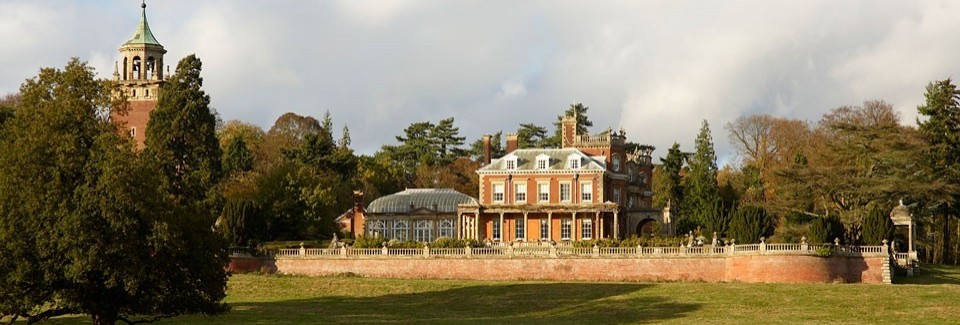Welcome to More Than Good Manners
Hampton Court Palace
Hampton Court Palace has a fascinating history from its humble medieval beginnings to the ‘grace-and-favour’ period of today. It is the story of two palaces: a Tudor palace, magnificently developed by Cardinal Wolsey and later Henry VIII, alongside a baroque palace built by William III and Mary II.

The first buildings at Hampton Court belonged to the Knights Hospitallers of St John of Jerusalem, a religious order founded in the 11th century. In 1514 the property was given, by the Knights Hospitallers, to Thomas Wolsey (c1470-1530), the Archbishop of York who would later become a cardinal. In 1528 Wolsey lost both Hampton Court and his head to the King. In just ten years Henry VIII spent more than £62,000 rebuilding and extending Hampton Court. This vast sum would be worth approximately £18 million today. By the time Henry finished his building works at Hampton Court Palace in about 1540, the palace was one of the most modern, sophisticated and magnificent in England.
Soon after their accession to the English throne, King William III (r 1689-1702) and Queen Mary II (r 1689-94) commissioned Sir Christopher Wren to rebuild Hampton Court. Wren's original plan was to demolish the entire Tudor palace, except for the Great Hall. Neither the time nor the money proved available for this ambitious undertaking. Wren had to be content with rebuilding the king's and queen's main apartments on the south and east sides of the palace, on the site of the old Tudor lodgings. Wren and Talman completely transformed the east and south facades of Hampton Court, replacing Tudor towers and chimneys with the grand and elegant baroque exteriors that dominate the Formal Gardens today. Inside, Grinling Gibbons carved elegant fireplaces and architectural mouldings and Antonio Verrio painted triumphant and colourful ceilings. Outside, the gardens were also dug up and re-landscaped. They were filled with new plants, including Queen Mary’s own collection of exotic plants from around the world, and bordered by gilded wrought-iron screens by Jean Tijou, and a new Banqueting House by the river, decorated by Verrio. Ironically, the King who did more than any other to shape Hampton Court as it is today did not live to enjoy his new palace. William died at Kensington Palace from complications after a bad fall from his horse in Hampton Court Park in 1702.
More Than Good Manners will be delighted to organise all the arrangements for your tour of this magnificent royal palace including the opportunity to arrive and depart in the most relaxed, scenic and historic way possible - by river boat from Westminster.
